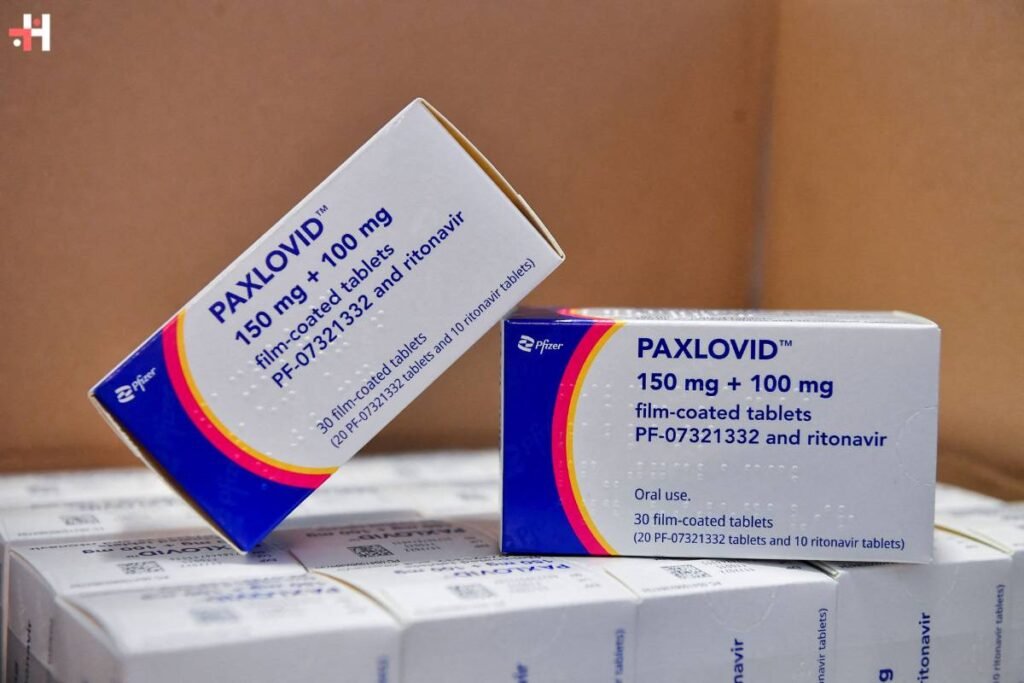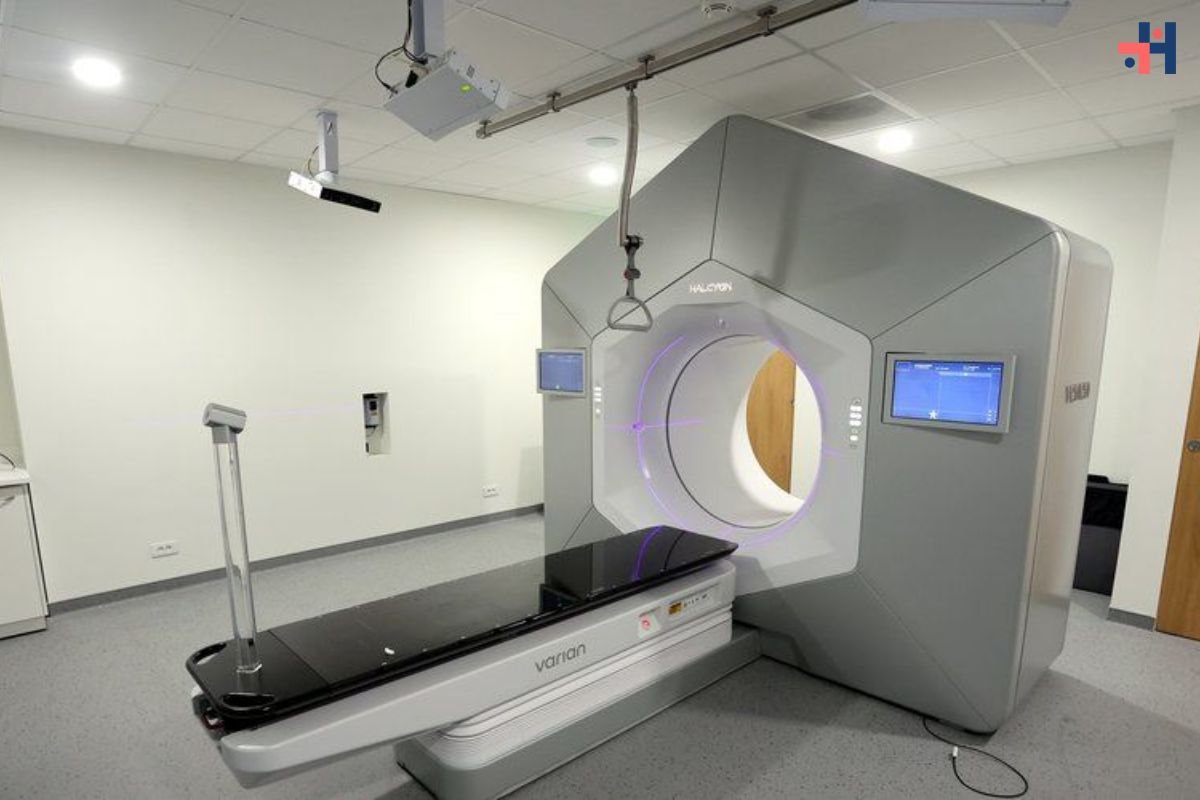Commercials promoting Paxlovid make it sound simple: “If it’s COVID, Paxlovid.” However, the catchy slogan masks a harsher reality that public health and elected officials have long recognized and sought to address. Despite the widespread availability and affordability of this COVID Antiviral, the major obstacle remains – reluctance among some doctors to prescribe it.
The Reluctance Predicament
The impediment is not rooted in scarcity or pricing, as Paxlovid is abundant and often free. The stumbling block lies in the fact that certain healthcare providers are still hesitant to prescribe the COVID antiviral. Some base their reluctance on outdated notions like “Paxlovid rebound,” a concept suggesting individuals might develop COVID symptoms again after taking the drug. However, studies have debunked this idea.
According to a study by the Food and Drug Administration published in December, COVID “rebound can occur with or without [Paxlovid] treatment.” The rates of rebound were found to be similar between Paxlovid recipients and those receiving a placebo. Experts like Dr. Peter Chin-Hong from UC San Francisco dismiss the notion of “Paxlovid rebound” as baseless, emphasizing that clinicians having such concerns is unfounded.
Urging Prescription Action
Data indicate that most people do not experience COVID rebound, and even if it occurs, symptoms tend to be mild and do not necessitate repeating the treatment, as per the California Department of Public Health. Despite this, healthcare providers have been urged at both federal and state levels to prescribe Paxlovid and other COVID antivirals when indicated. The Centers for Disease Control and Prevention (CDC) emphasizes not waiting for symptoms to worsen and starting treatment promptly.
Alternatives and Recommendations for COVID Antiviral
Apart from Paxlovid, other COVID antiviral treatments like molnupiravir and intravenous remdesivir exist. However, the CDC designates Paxlovid and remdesivir as preferred treatments for eligible COVID-19 patients. The CDC further advises starting treatment within five to seven days of developing symptoms.
Despite recommendations, there is documentation of low prescribing frequency for Paxlovid and other antivirals. This underutilization can have severe consequences, especially for high-risk COVID-19 patients. A CDC report found that 80% of high-risk patients under the Veterans Health Administration were not offered antiviral treatment, with mild symptoms being a common reason cited by providers.
The Need for Proper Prescription
Health authorities stress the importance of prescribing antivirals to reduce the risk of hospitalization and death, especially for individuals at risk for severe COVID-19. Factors like age, vaccination status, and various medical conditions increase the risk, and antiviral treatment can be crucial for mitigating these risks.
COVID drug Paxlovid may not be reaching enough patients
Addressing Side Effect Concerns
Providers may cite concerns about serious side effects as a reason for not prescribing COVID antivirals. However, health departments emphasize that most people experience little to no side effects. Common side effects of Paxlovid include a temporary metallic taste in the mouth and diarrhea. While clinicians may be cautious about prescribing to younger adults, studies suggest that patients taking Paxlovid clear out the virus faster.
Exploring Other Options
If one clinician refuses a Paxlovid prescription, individuals may explore other healthcare providers more knowledgeable or open to COVID antiviral medications. In Los Angeles County, residents can call the public health info line to discuss treatment options. Uninsured or those facing difficulties obtaining anti-COVID-19 medication in California can schedule a free telehealth appointment. Additionally, a program funded by the National Institutes of Health provides free access to telehealth care and treatment for adults testing positive for COVID-19 or flu.
In conclusion, while the slogan “If it’s COVID, Paxlovid” suggests simplicity, the reality is more complex due to the reluctance of some healthcare providers. Overcoming this hurdle is crucial, as COVID antiviral treatments play a vital role in reducing the severity of COVID-19 and its associated risks.










